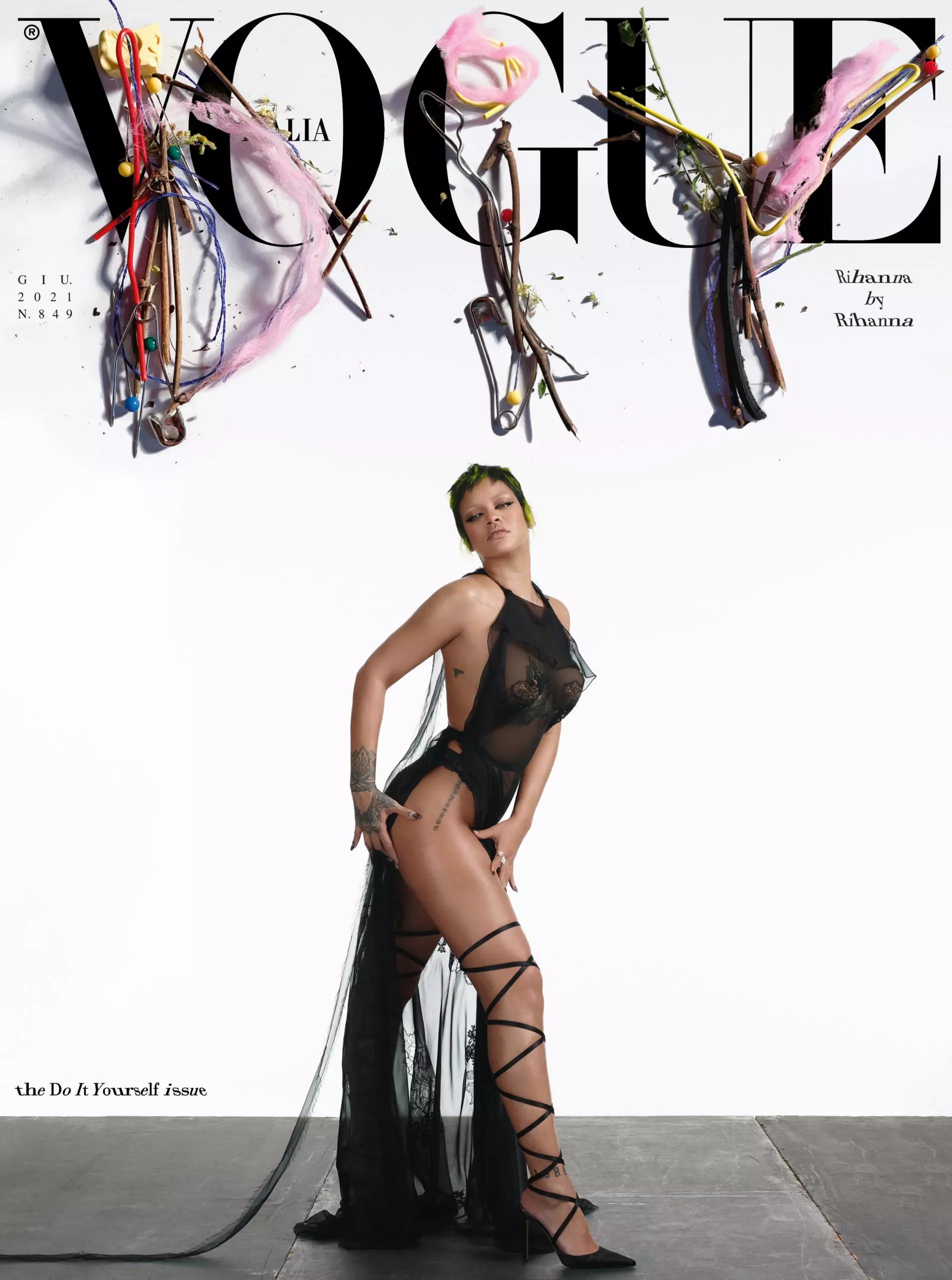Sheer Dress – Empowerment from Women’s Bodies
Not a new trend emerging in the fashion world, it has existed as a consistent flow in fashion for many decades, but perhaps it is only now that the trend of showcasing women’s bodies through sheer dresses is truly being embraced!

Similar to the rise of any trend on the charts, sheer dresses, or more broadly, the trend of revealing women’s skin with translucent outfits, initially sparked debate within the fashion community when it first emerged. However, perhaps the most significant challenge came from the myriad of societal criticisms, deeming it inappropriate and unfitting for the image of women. This has been one of the driving forces behind the feminist movement from the past to the present. Indeed, it seems unjust that men baring their chests in public is commonplace, while women face backlash.
Lily-Rose Depp drew inspiration from the impactful moment of supermodel Kate Moss in a sheer dress. Although revealing attire and showcasing skin have been dominant on the style scene, they are not entirely new in the annals of fashion history. Their origins can be traced back to the iconic dressing style of French courtesans in the early 19th century. The style, described by writer Louis-Sébastien Mercier as “à la sauvage – not to delimit the spirit of the viewer, but to perceive every mysterious line of seductive beauty,” was favored by women who loved the intrigue and allure it exuded. This trend continued through the years, with the unveiling of the corset in the 1920s leading to the emergence of bikinis in the 1940s and thigh-revealing dresses in the 1960s. However, it was not until the 1980s and 1990s that sheer fabrics began to gain popularity, influencing cocktail dresses and knit tops. This shift was partly influenced by renowned runways and the chic dressing of fashion icons. For example, when supermodel Kate Moss appeared in a sheer metallic dress in 1993 at a party hosted by the Elite Model Agency in London, it made waves. Similarly, Carrie Bradshaw stirred the fashion scene with her “barely there” nude dress in 1998, coining the term “naked dressing.” While Bradshaw’s iconic dress does not fit the definition of a sheer dress and does not fully reveal the body, it symbolized a positive and progressive shift rarely seen on HBO screens. Additionally, when Alber Elbaz showcased his fall 1999 collection for Yves Saint Laurent Rive Gauche at Saks Fifth Avenue, featuring a completely sheer chiffon top, the trend of revealing women’s skin became hotter than ever.
Following the French Revolution, sheer garments continued to generate controversy in both society and the fashion world. In 1913, X-ray skirts/dresses caused outrage to the point where the mayor of Portland, Oregon, ordered the arrest of those wearing them. Silent film-era star Clara Bow also cemented her sultry image with a scandalous sheer dress in the film “My Lady of Whims” (1925). When Prudence Severn (played by Clara Bow) was invited to a costume party with the theme “the less worn, the easiest mended,” she took the message literally and made a powerful impression by wearing a nearly see-through dress that left little to the imagination! The dress appeared on the big screen before the entertainment industry implemented censorship laws – the Hays Code, and its daring exposure still exceeds standards to this day.
By 1962, Marilyn Monroe’s famous “Happy Birthday” dress worn at President John F. Kennedy’s “legendary” birthday party brought the dazzling beauty of these sheer dresses back into the spotlight. Stars like Jane Birkin and Cher are still considered fashion icons today, partly because of their provocative appearances that stirred controversy in the 1960s, 70s, and 80s. However, it wasn’t until the 1990s that these dangerously alluring dresses truly came into full swing. Sheerness was seamlessly combined with the rebellious spirit of grunge – a duo favored by designers and featured on catwalks from top fashion houses such as Alaïa, John Galliano, Jean Paul Gaultier, Prada, and Atelier Versace, among others. While these garments became more normalized in the 1990s, their boldness always garnered attention and discussion in society, regardless of the decade.
Gradually, with the development of the fashion world, sheer dresses and this trend of revealing skin have been increasingly embraced openly. It’s not just a fashion trend that comes and goes; sheer dresses are also a way for the wearer, especially women, to express their power – from here, baring the body is not just about shocking social media but also conveying many meaningful stories behind it.
In 1998, at the VMA red carpet, Rose McGowan made a landmark statement in fashion by confidently wearing a sparkling mesh dress that fully revealed her body – bare-chested and only adorned with patterned underwear. Decades later, she shared that it was her first red carpet appearance since being sexually assaulted by Harvey Weinstein in 1997. “That was the first time I was in public after being sexually assaulted,” she told Dr. Oz in 2018. “I was like, you want to see a body? And that moment was a political statement.” The revealing “eye-catching” dress and the stories surrounding it contributed to changing culture and fashion history. Jennifer Lopez’s iconic green Versace dress at the 2000 Grammy Awards attracted so much internet search traffic that it spurred the invention of Google Images… solely because of its stunning neckline, plunging to the waist, with a sheer chiffon layer accentuating the tantalizing bosom beneath.
The pseudo-nude or “semi-nude” trend truly shone in 2008, partly due to the enthusiastic endorsement of figures like Christian Dior and Chloé. However, the shock factor of sensuous sheer skin-baring reached its peak in 2014 when Rihanna received the Fashion Icon award at the CFDA in a dazzling and entirely sheer Adam Selman dress adorned with crystals, paired with a fur coat. With the powerful authority and confident aura of a true “bad girl,” Rihanna became the perfect ambassador for this bold trend, not only defying criticism but also encouraging and empowering women. Following her strong ascent, fashion history continued to witness a plethora of sheer dresses making waves. For example, Beyoncé’s “bare” dress adorned with direct diamond strips on the skin at the 2015 Met Gala or when Kendall Jenner and Bella Hadid presented their own interpretations of this daring skin-baring trend for the 2017 Met Gala.
Sheerness made a strong comeback in 2022 and has since shown no signs of slowing down. Chanel, Nensi Dojaka, Prada, Ferragamo, Dion Lee, Rodarte, Emilia Wickstead, Heron Preston, Rick Owens, LaQuan Smith, and Y/Project are just a few of the many brands that have transparently showcased this trend in recent collections. Especially during the fall 2024 fashion week – from New York and London to Milan and Paris, fashion enthusiasts had the opportunity to enjoy numerous glamorous and classy versions of this boldly revealing look. Heron Preston and Bottega Veneta dominated the catwalks with sheer dresses and catsuits. Elsewhere, designers like Jason Wu, Fendi, Coach, and Rodarte showcased stunning sheer skin-tone dresses

